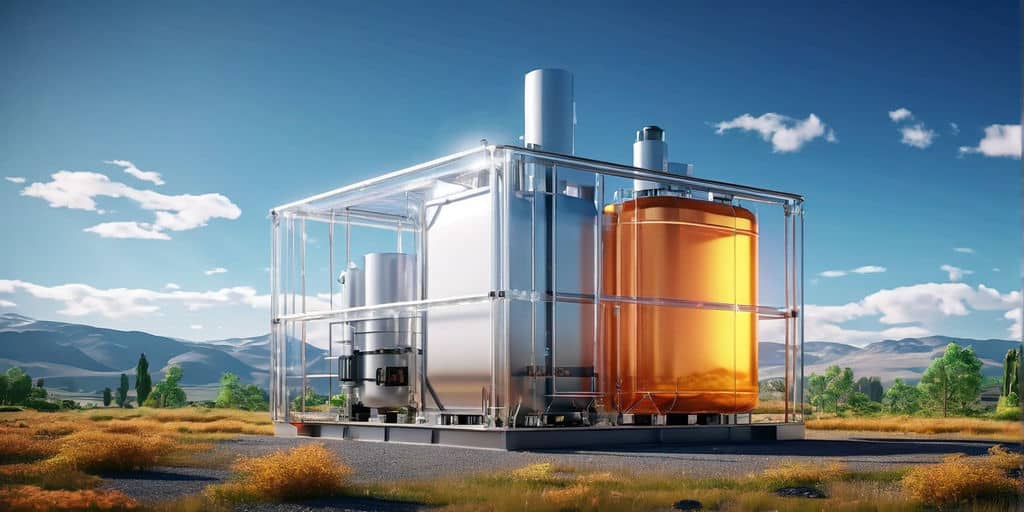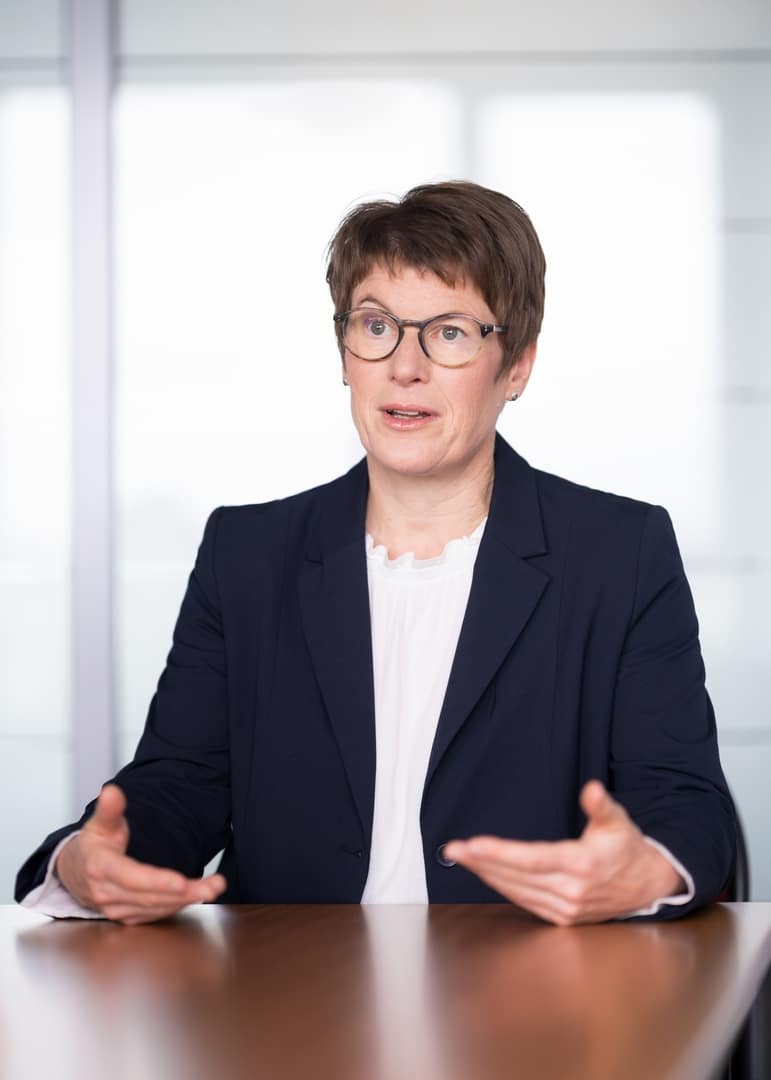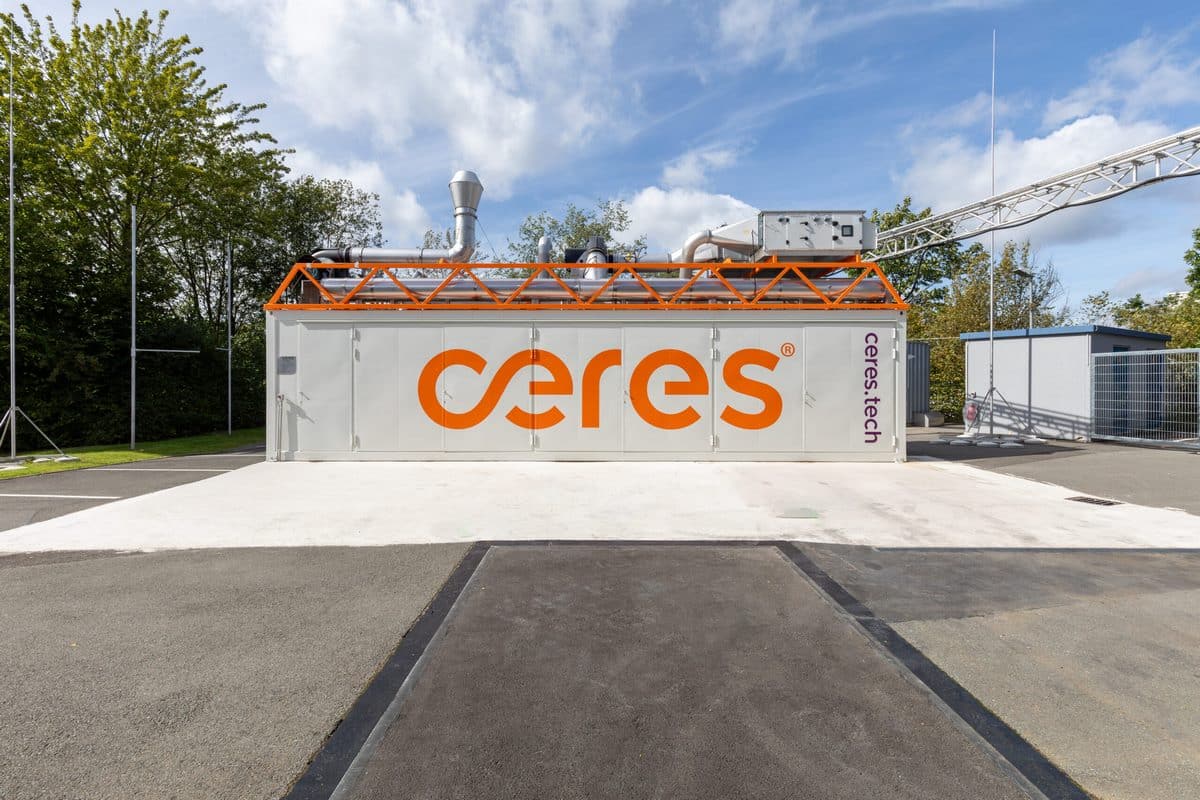Hydrogen Regions, Part III: HyExperts in Emsland
It’s no coincidence Emsland has grown to be a leading hydrogen production area in Germany. In 2018, one powerful idea took hold at local business leader’s regular meetings: Emsland as a pilot region for generating, distributing and utilizing green hydrogen. Led by Tim Husmann – head of H2-Region Emsland’s partner network and office – and backed by regional authorities and Lingen’s city council, the suggestion quickly gained political support. Today, the Emsland reputation for thrusting Germany’s energy market transformation forward with green hydrogen is a far-reaching catchword. In 2019, Lingen became a HyExperts region. Fall 2020 exuberantly launched the H2-Region Emsland project, a 15-month drive for synergy between industrial hydrogen supply and transportation solutions.
Emsland’s multiple projects prove a functioning hydrogen market is no pipedream. On the contrary, the region confirms that theory can very well be put into practice. Just two examples: the BP and Ørsted partnership building a 50-megawatt electrolyzer in Lingen, including infrastructure, and GET H2 applying for European Innovation funds to build a hydrogen network across Germany. Both projects made national headlines.
Sure, H2-Region Emsland is home to big, important, industrial ventures, Still, there’s plenty of room for smaller systems: the Audi E gas pilot plant in Werlte, which began making renewable hydrogen as early as 2003, and CEC Haren keep coming up with more diverse technological solutions. Emsland authorities expect to see up to 300 megawatts of electrolyzer capacity installed by 2025.
The northern German stakeholders have successfully merged multiple centralized and distributed energy concepts into a concept illustrating regional added value. An approach local politicians strongly support. In 2020, H2-Region Emsland installed a HyExperts management office. Emsland county and Lingen provide the funding, while Tim Husmann, H2-Region Emsland’s longtime contact, provides the leadership.
The EUR 300,000 budget from the HyLand program is going toward developing a consolidated hydrogen production and consumption system with integrated transportation solutions. The aim is to devise a plug-and-play concept for fusing regional energy systems with a roadmap for establishing and advancing a green hydrogen economy. The project was broken down into several stages:
Stage One analyzed industrial, energy and transportation data on local hydrogen production and consumption levels. Stage Two will compile and compare regional supply and demand potentials. To this end, project members are currently canvassing large and small companies for estimates on hydrogen use and production capacity. The sum total will also add in transportation demands and miscellaneous needs. To optimally solve the classic chicken-or-egg dilemma when establishing a regional infrastructure, compiled data will specifically analyze site requirements, such as where best to install hydrogen fueling stations to serve transportation needs, to name just one example.
Once sufficient data is at hand, Stages Three and Four will entail validation and feasibility analyses for short-, medium- and long-term implementation scenarios. Both stages should be concluded by late summer this year. During Stage Five and Six, members will generate implementation recommendations, discuss project results and finalize the detailed draft. Project leaders expect to publish their findings in the last quarter of 2021.
… Read more in the latest H2-International e-Journal, Feb. 2021
Author: Esther Gebert, H2-Region Emsland, Lingen, Germany

























I wonder, why this all takes years and not weeks to achieve.
All things mentioned here above are known, most for decades, some for centuries.
What to really do with a “EUR 300,000 budget from the HyLand program…”?
When considering the overhead cost, and the attitude of working in such an environment,
that money will be spend and gone fast.
And I still do not get it, why companies like BP and Ørsted are participating in such public programs?
They should use their own money from their own R + D budgets.
And rather not getting the opportunity to drain taxpayer`s money and expert`s knowledge for free.